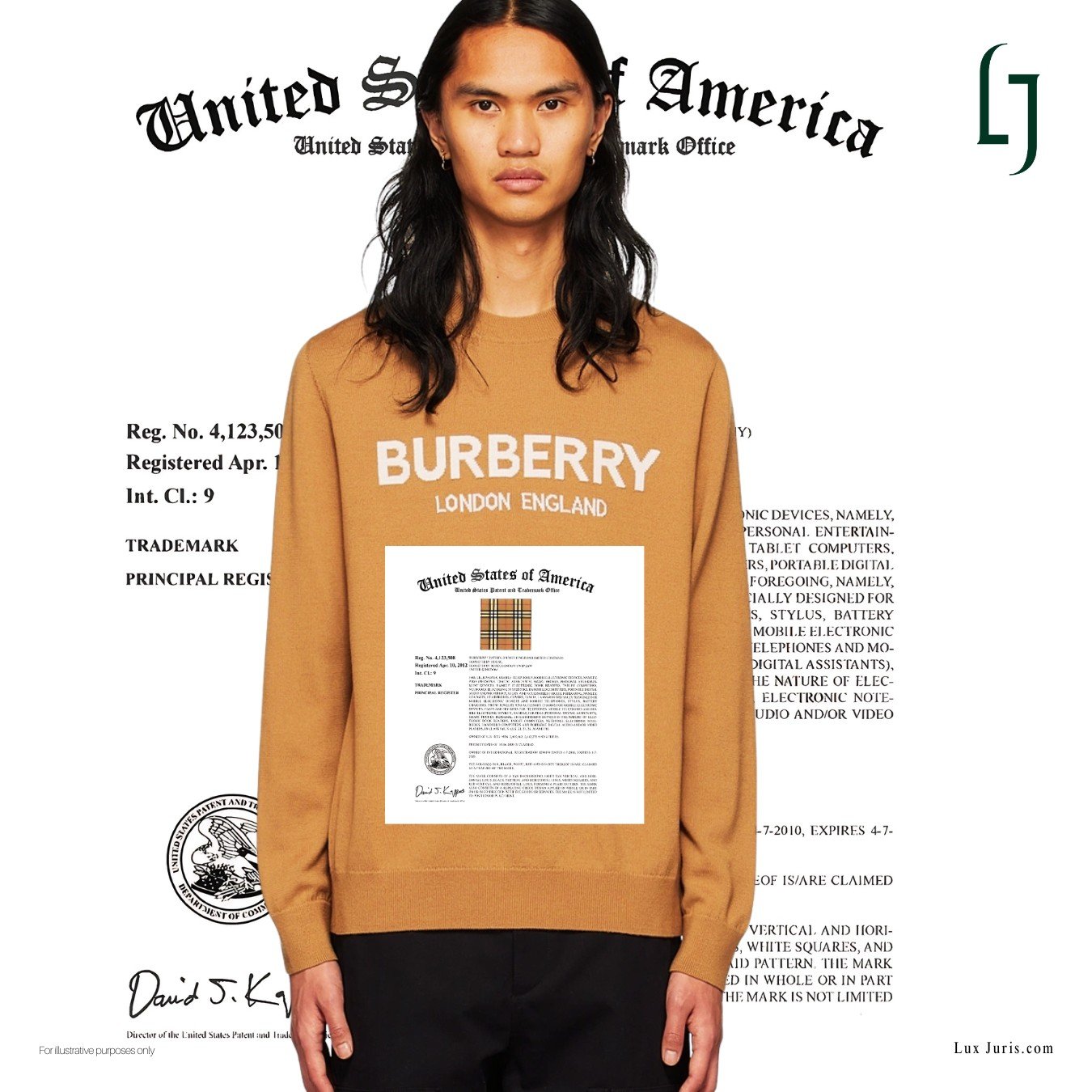Burberry vs Target shows the legal risks of using a famous mark without consent.
In 2018, Burberry filed proceedings in the United States District Court for the Southern District of New York against Target Corporation and Target Brands, Inc. The matter concerned Target’s sale of products said to reproduce or closely imitate Burberry’s registered Burberry Check trademark.
The products identified included scarves, luggage, eyewear cases, and stainless steel bottles. Burberry stated that these were sold both through Target’s online store and in its retail locations, and that none had been authorised, licensed, or manufactured by Burberry.
Burberry alleged that the goods were of lower quality but similar in appearance to its own products, and that their presentation created a risk of suggesting a connection with the brand.
The Burberry Check
The Burberry Check had by that time been in continuous commercial use for nearly a century. Originally introduced in the 1920s, the check had become an integral part of Burberry’s visual identity, appearing across apparel, accessories, homeware, and other product categories.
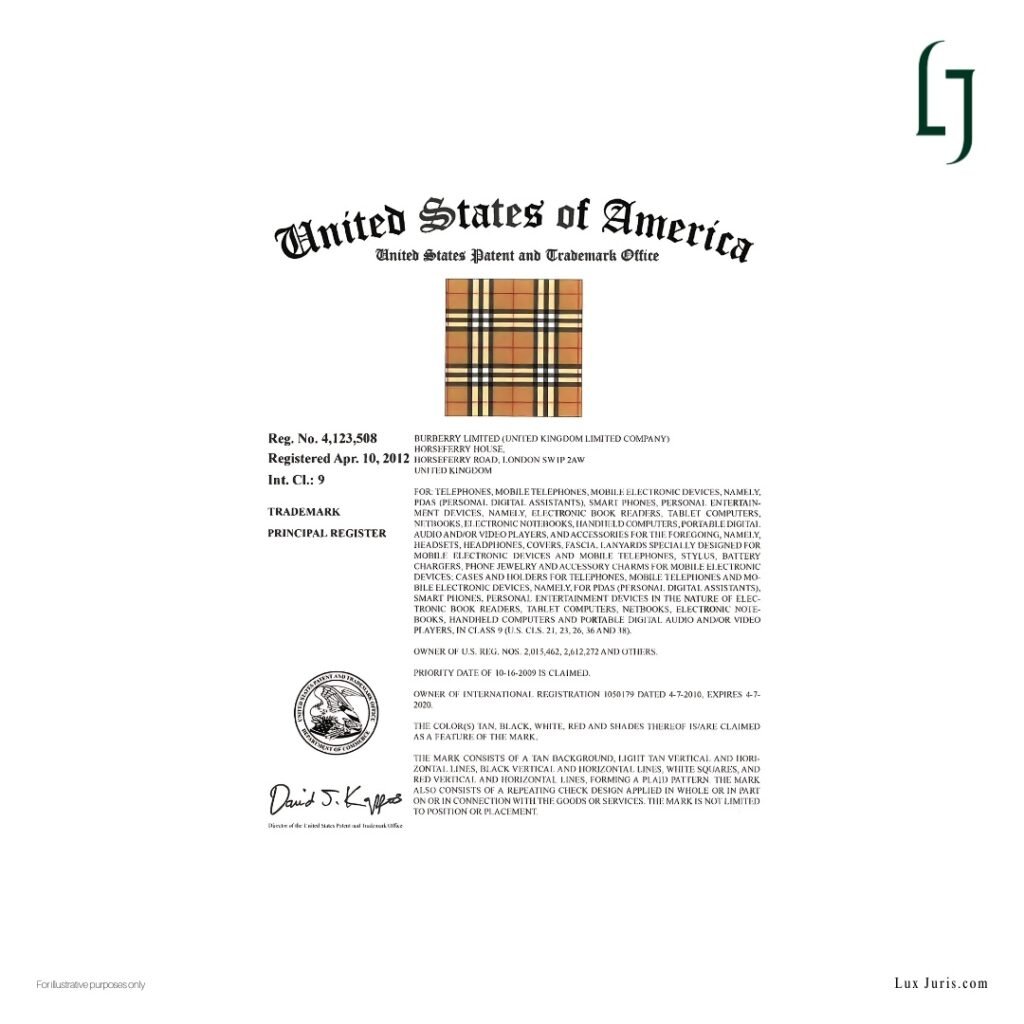
Burberry holds several United States trademark registrations covering the check pattern in both colour and non colour versions. The mark had achieved incontestable status and was widely recognised as a distinctive identifiers of the brand. In the complaint, Burberry characterised the pattern as famous and argued that its misappropriation would both cause confusion and diminish the mark’s distinctiveness.
Target at the Time of the Dispute
At the time of the dispute, Target was one of the largest upscale discount retailers in the United States, operating nearly 2,000 stores and 39 distribution centres across the country, together with an online retail business. Its product range included apparel, accessories, home furnishings, and decor.
Allegations Brought by Burberry
Burberry’s claims were framed around a series of alleged violations, including:
Trade mark counterfeiting and infringement: based on the use of marks that were substantially indistinguishable from the Burberry Check, without authorisation.
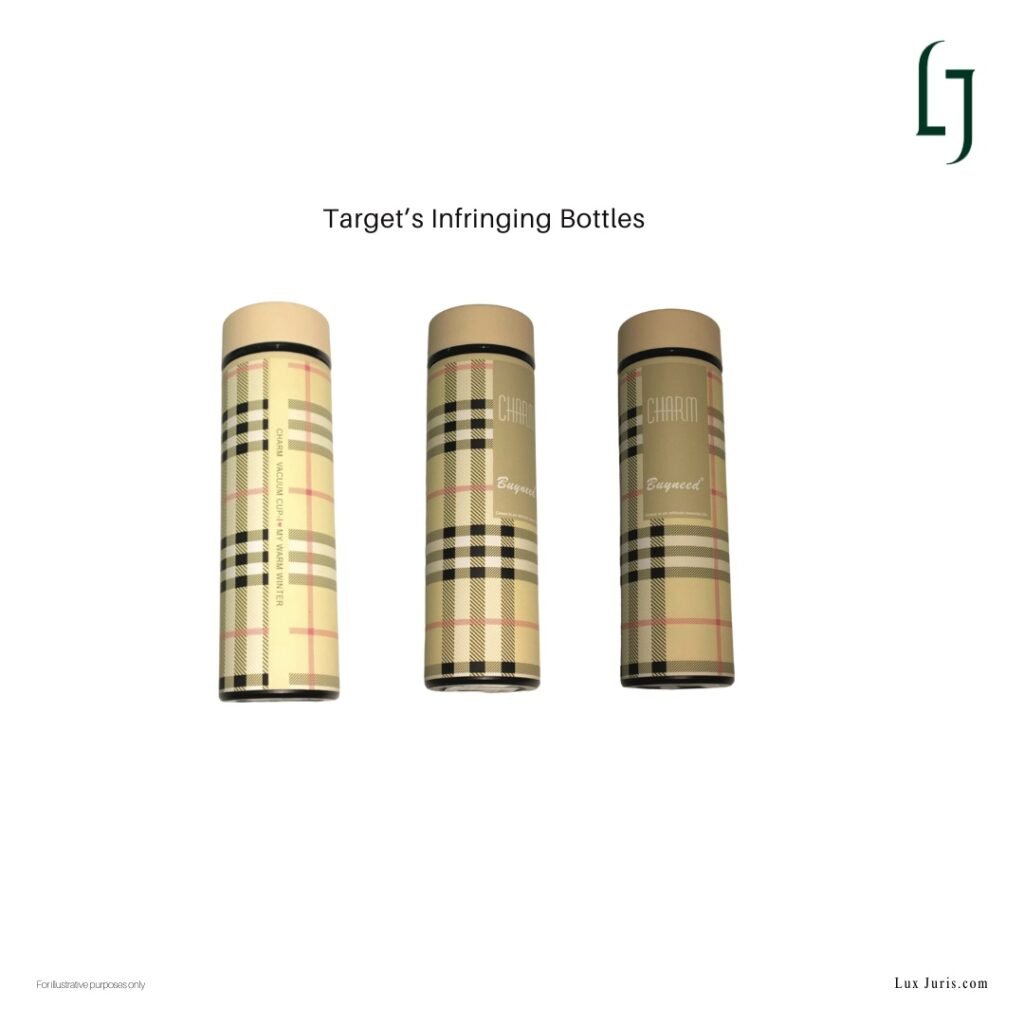
False designation of origin: In that the goods were allegedly marketed in a manner likely to mislead consumers as to their source or sponsorship.
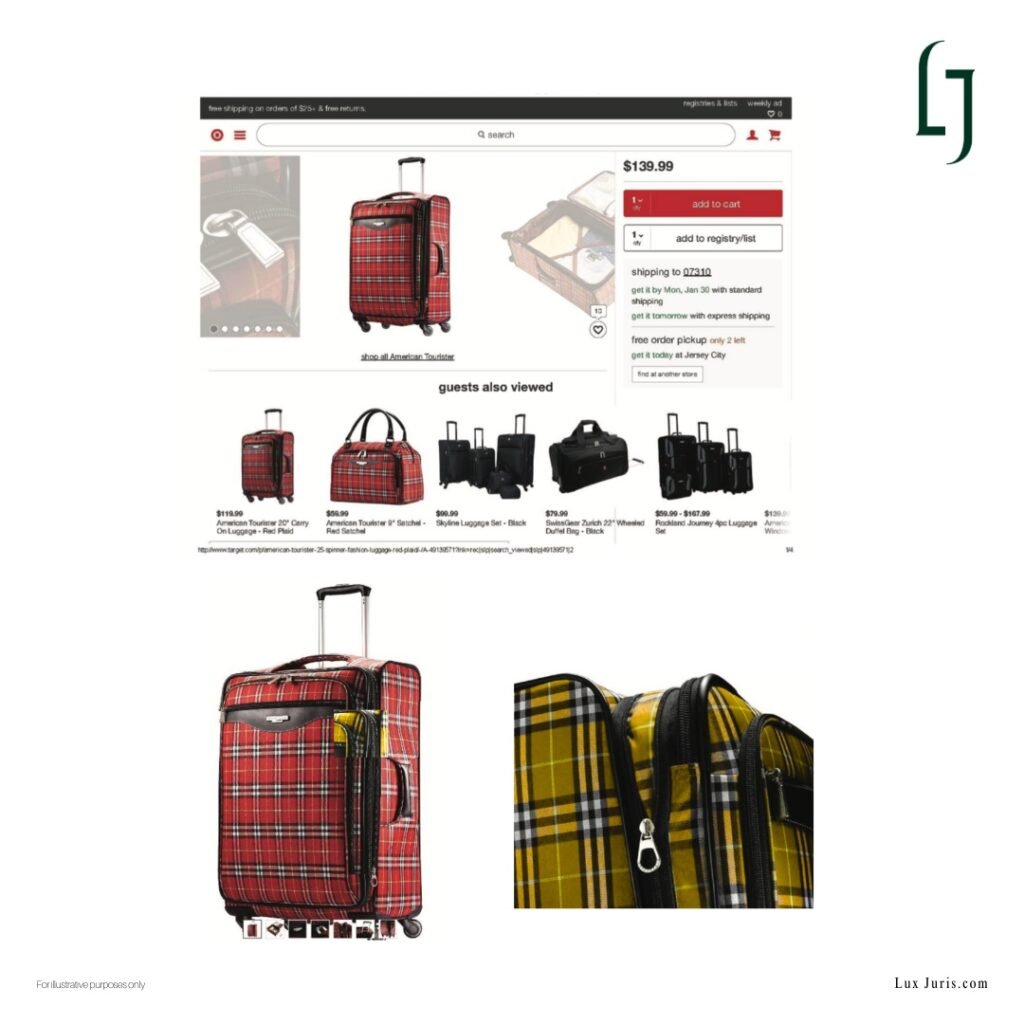
Dilution of a famous mark, by both blurring and tarnishment, given the alleged use of the check pattern on lower quality products.
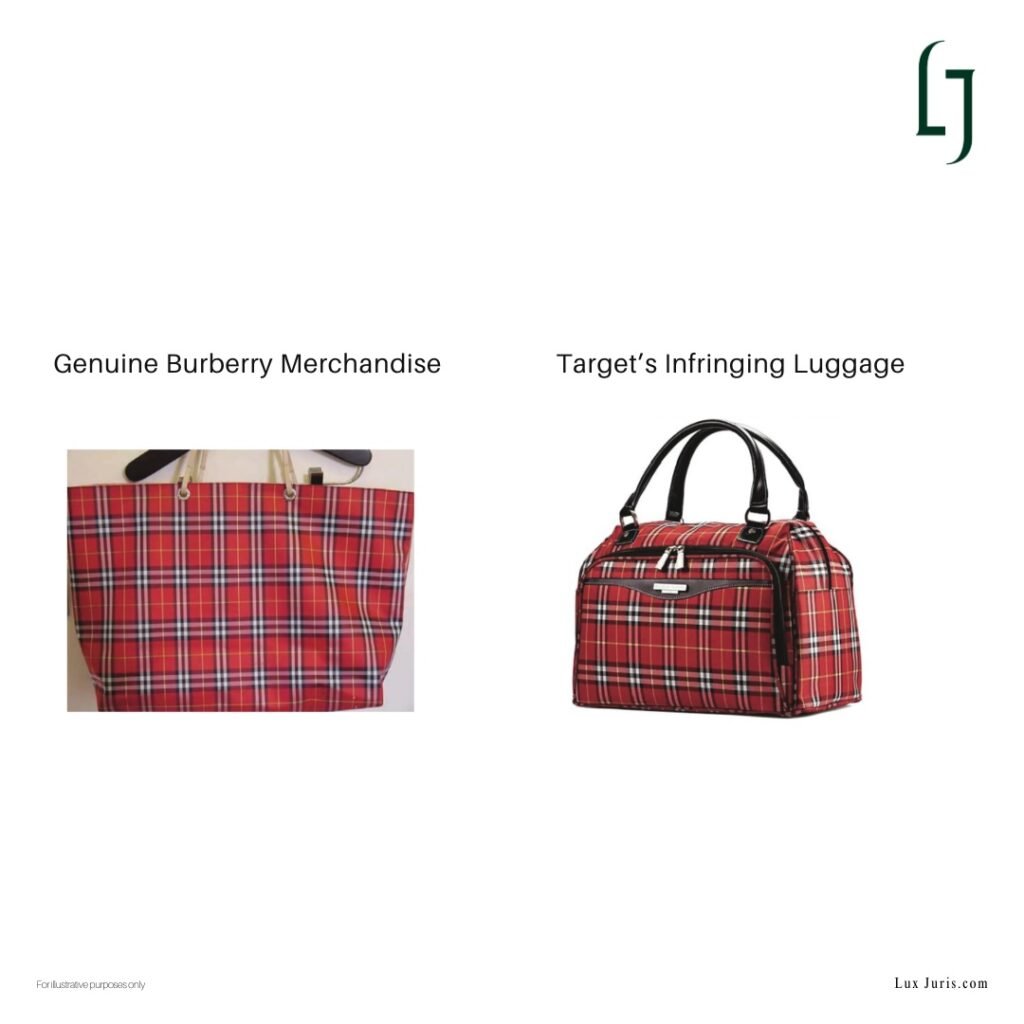
Deceptive trade practices and dilution: Under New York law, together with unfair competition and trade mark infringement under the common law.
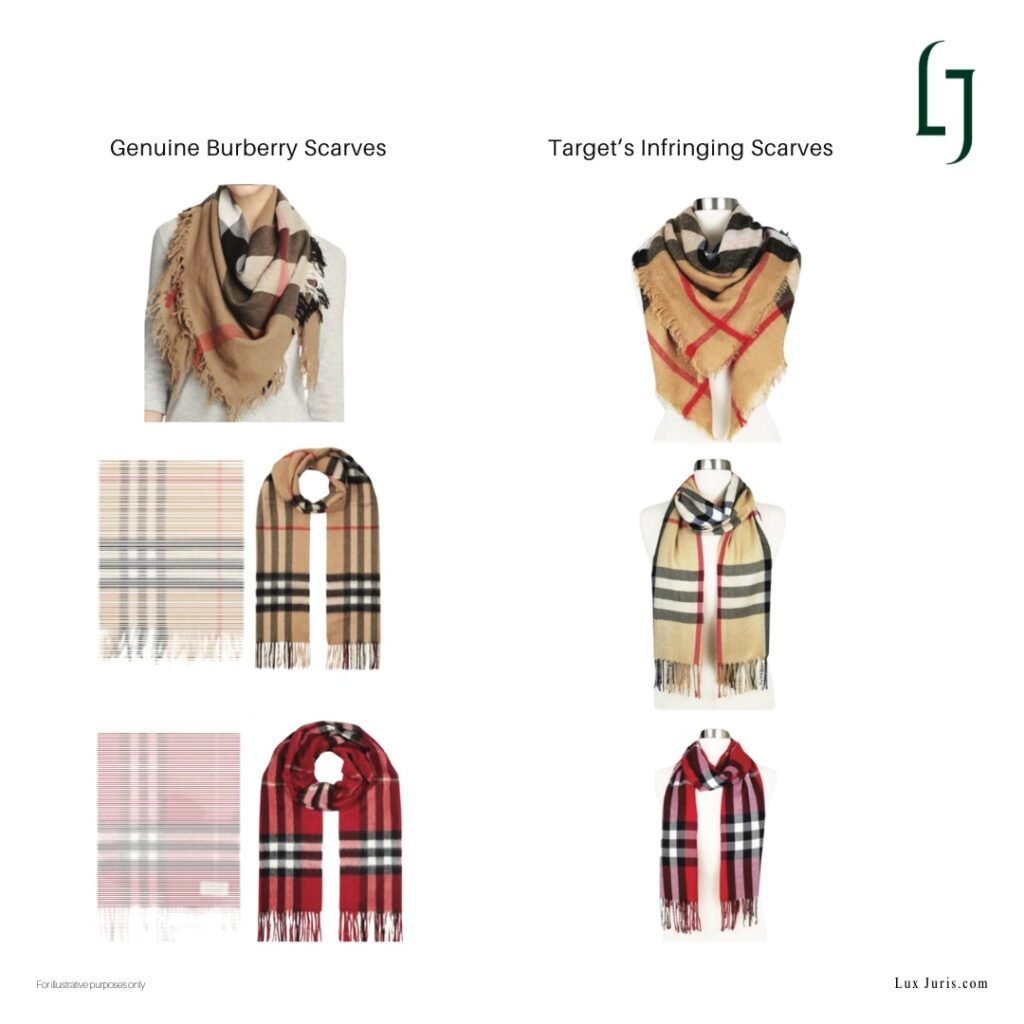
Burberry stated that the conduct was not accidental but part of a broader pattern, noting that the infringing scarves were released shortly after the earlier cease-and-desist communication. It also stated that the way the goods were presented, including descriptions such as “chic” and “sophisticated”, increased the risk of consumers associating them with the Burberry brand.
What Burberry Asked For
Burberry wanted the court to stop Target from selling products with the Burberry Check or anything similar. They also asked for the removal and destruction of any infringing products and related advertising. Burberry sought to recover money made from these sales, including possible damages of up to $2,000,000 per trademark, as well as legal costs.
Resolution
The case was settled privately in late 2018, with no public disclosure of the terms and no court ruling on the merits. Nonetheless, the dispute illustrates how a brand may respond to unauthorised use of a registered pattern mark on retail products.
Conclusion
Although the case is over, it still offers useful lessons for brand owners and retailers. First, it shows that pattern trademarks can be protected on many types of products, not only on the core products the brand is known for. Second, it makes clear that if a brand sends a formal warning like a cease and desist letter and then similar products still show up, the chance of being sued goes up a lot.
Third, it shows that to make a trademark dilution claim, you don’t need to prove that people are confused. You only need to show that the famous mark’s uniqueness or reputation could be damaged. This is especially important in fashion and luxury, where how things look greatly influences how customers see the brand.
Finally, it shows that anyone who makes, sells, or promotes fake products will be held responsible if they keep doing it after being warned.
The Burberry and Target dispute is over, but the issues still matter for how fashion brands protect their intellectual property.
Source:
